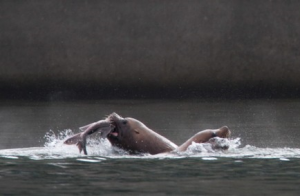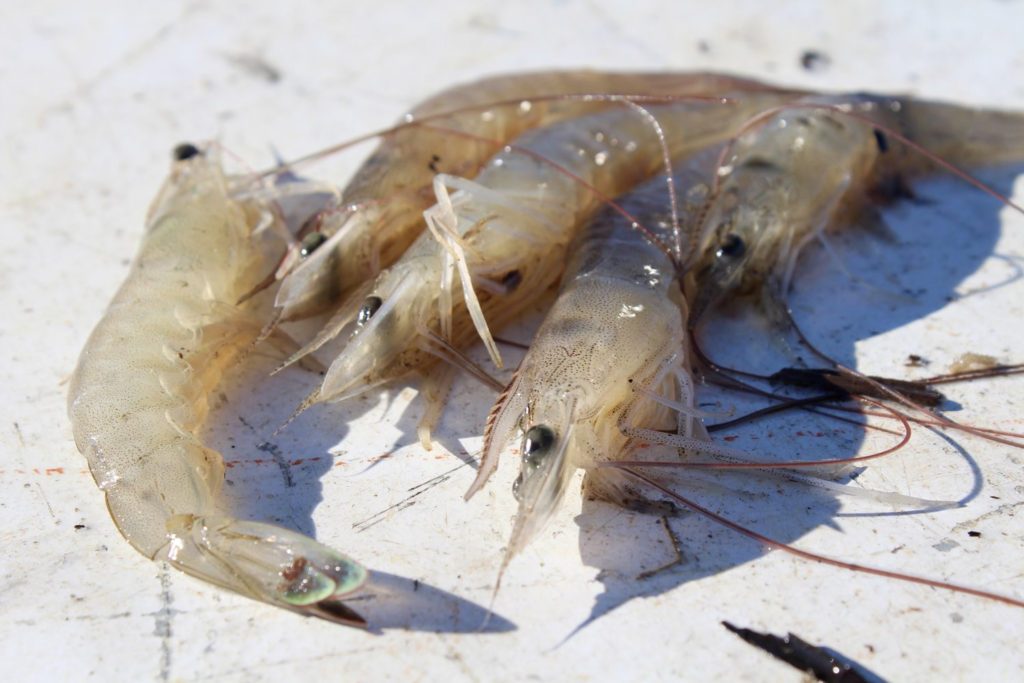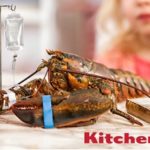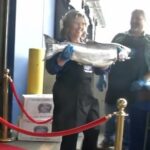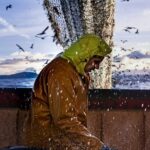Tag Archives: PCBs
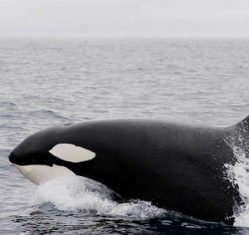
Seattle’s industrial waterfront remains a contamination challenge for orcas. What about Salmon?!
The Southern Resident orcas are often called some of the most contaminated marine mammals on earth. Their fat is filled with toxins like PCBs. When they don’t have enough to eat, they metabolize their fat and that poison ends up in their blood. Though outlawed decades ago, PCBs still remain in the sediment around Elliott Bay.,,, A lot of the toxic contamination issues that we have with our salmon can really be traced to the fact that the state of Washington is not enforcing the Clean Water Act to the extent that they should,” >click to read< Meanwhile, New study finds river wildlife contain cocaine, pharmaceuticals and pesticides in UK->click to read<10:07

Killer Whale Populations At Risk from Toxic Chemicals
A paper in the Sept. 28 issue of Science says killer whales are at great risk, but not from climate change, loss of habitat or loss of their prey. It will be due to something that sounds very 1970s – PCB, or polychlorinated biphenyl. PCBs are human-made chemicals used for making plastics, electronics, lubricants, heat transformers and other materials and technology. In the late 1970s, studies showed the harmful effects of PCB on humans and on wildlife, such as birds, otters and seals. According to a 2017 paper, killer whale populations off the coast of the most industrialized parts of Europe are close to extinction. >click to read<12:02
The Case of the Poisoned Fish, by Sidney B. Silverman
 In the mid-1980s, East Hampton’s summer and year-round weekend population was growing rapidly. The demand for water views in particular was enormous, and the seemingly endless construction of new homes along the shoreline caused wastewater and other pollutants to run off into the bays. The contaminants made their way into clam and scallop beds; at least two lucrative fishing areas were damaged. The death knell for commercial fishing sounded when striped bass became contaminated by PCBs, polychlorinated biphenyls, and in 1986 New York State, citing health reasons, closed the bass fishery. Fishermen called the striped bass their “money fish,” providing what small profit they made each year; the other catches only covered overhead. General Electric was the cause of the contamination. It operated several plants adjacent to the Hudson River in upstate New York. The plants manufactured transformers and capacitors, using PCBs, a chemically stable, nonflammable fluid and a suspected carcinogen, for insulation. In handling this chemical, G.E. was sloppy to the point of recklessness. Read the story here 17:54
In the mid-1980s, East Hampton’s summer and year-round weekend population was growing rapidly. The demand for water views in particular was enormous, and the seemingly endless construction of new homes along the shoreline caused wastewater and other pollutants to run off into the bays. The contaminants made their way into clam and scallop beds; at least two lucrative fishing areas were damaged. The death knell for commercial fishing sounded when striped bass became contaminated by PCBs, polychlorinated biphenyls, and in 1986 New York State, citing health reasons, closed the bass fishery. Fishermen called the striped bass their “money fish,” providing what small profit they made each year; the other catches only covered overhead. General Electric was the cause of the contamination. It operated several plants adjacent to the Hudson River in upstate New York. The plants manufactured transformers and capacitors, using PCBs, a chemically stable, nonflammable fluid and a suspected carcinogen, for insulation. In handling this chemical, G.E. was sloppy to the point of recklessness. Read the story here 17:54

































